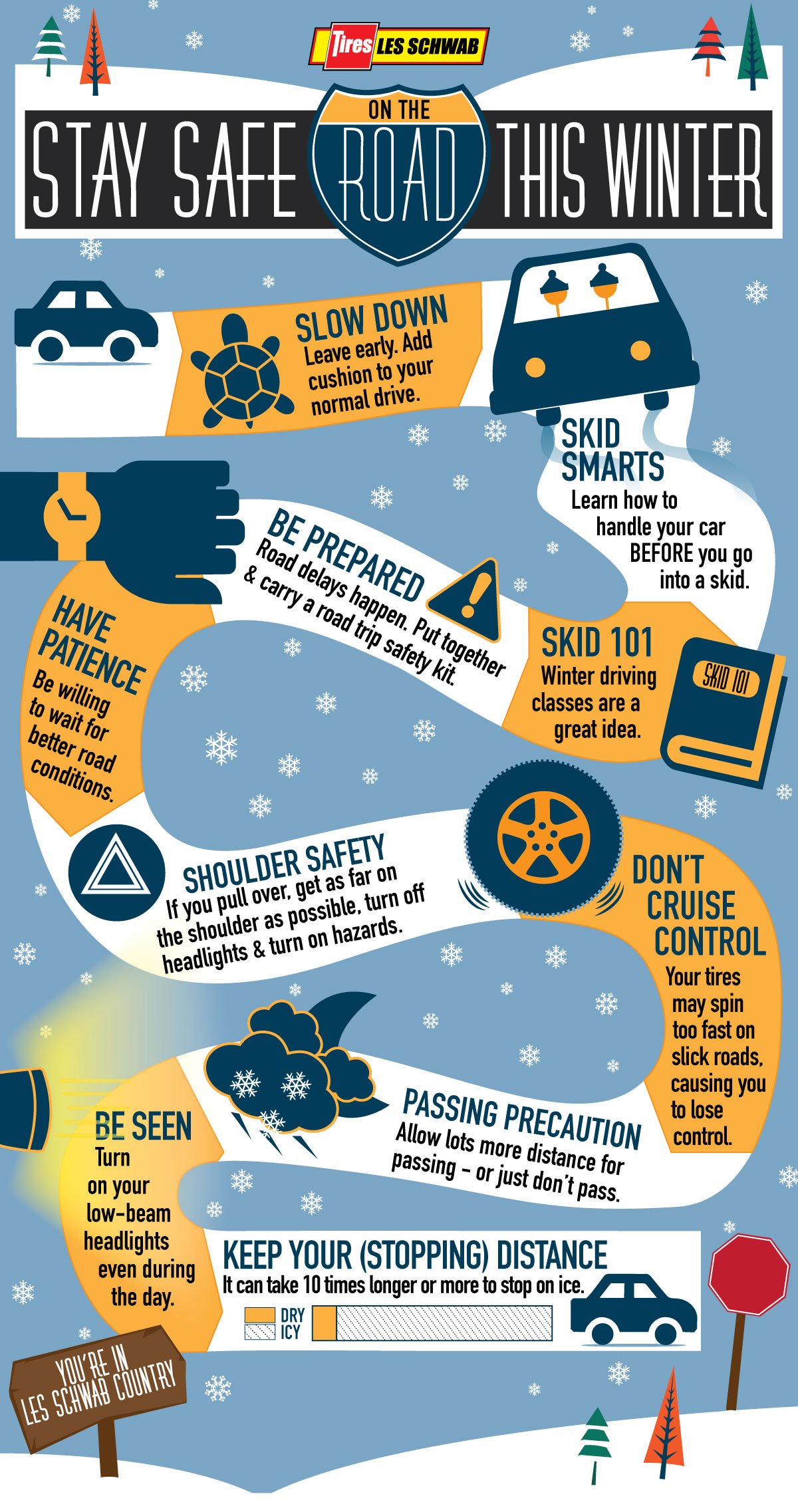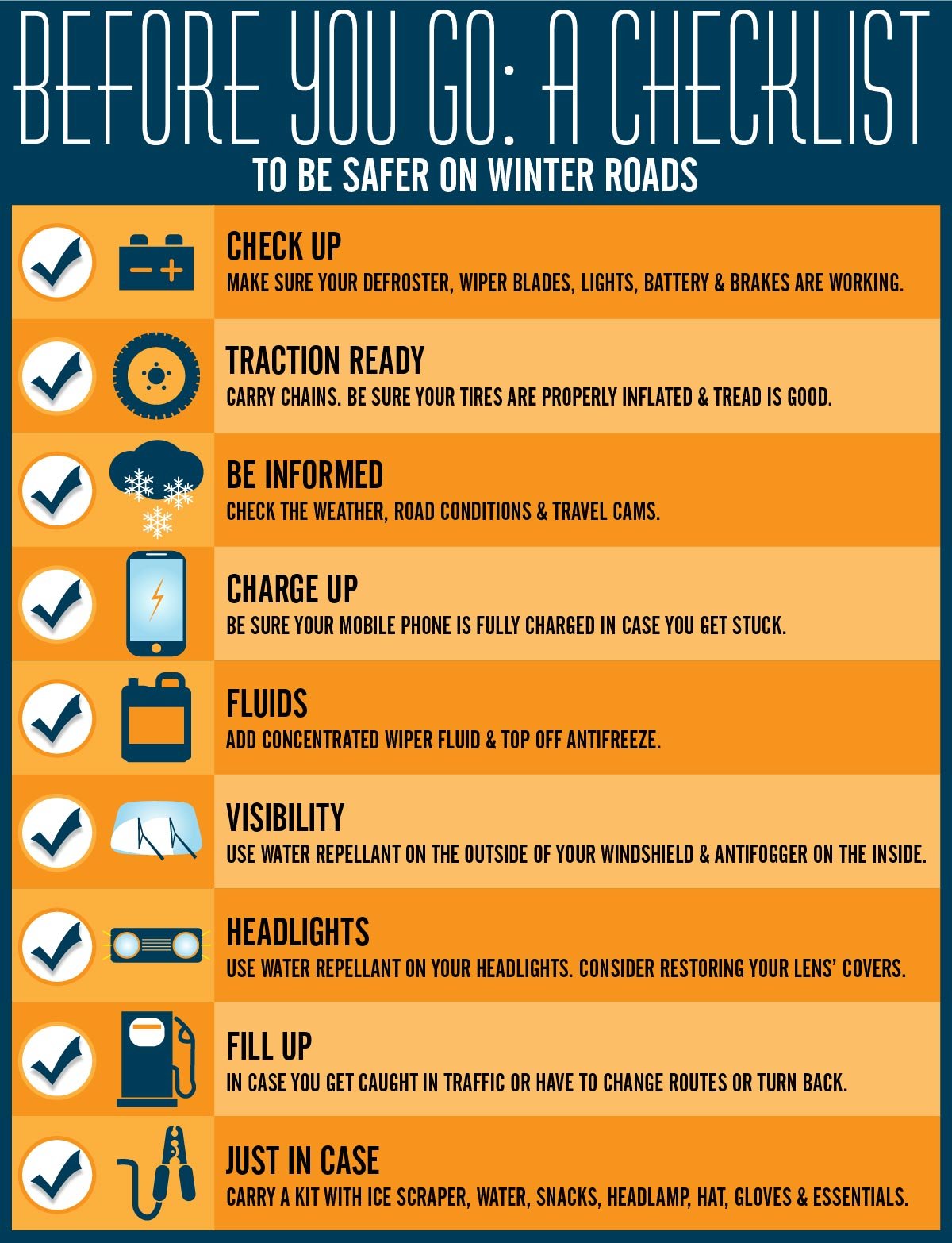
Navigating the Winter Wonderland: Essential Tips for Cold-Weather Travel
Winter travel, often synonymous with crisp air, snow-dusted landscapes, and the quiet beauty of a world hushed by frost, offers a unique allure. From the thrill of hitting the slopes to the cozy charm of a fireside retreat, a cold-weather getaway can be profoundly rewarding. Yet, this magic comes with its own set of challenges. Bitter temperatures, unpredictable weather, and icy conditions demand a level of preparation far beyond what a summer beach trip might entail.
As the seasoned traveler knows, an unprepared winter journey can quickly turn from picturesque to perilous. "There’s no such thing as bad weather, only inappropriate clothing," a saying often attributed to Norwegian explorer Roald Amundsen, rings particularly true when venturing into winter’s embrace. This journalistic guide will delve into the essential strategies, practical tips, and often-overlooked details that ensure your winter escape is not just safe and comfortable, but truly unforgettable.

The Art of Layering: Your First Line of Defense
Perhaps the single most critical piece of advice for winter travel revolves around your wardrobe. Forget bulky sweaters; the secret lies in strategic layering. This method traps insulating air between fabric layers, providing superior warmth and the flexibility to adjust to changing conditions – from a frosty outdoor stroll to a warm indoor setting.
The Three-Layer System:
- Base Layer (Moisture-Wicking): This is the layer closest to your skin. Opt for materials like merino wool or synthetic fabrics (polyester, polypropylene). Avoid cotton, which absorbs sweat and stays wet, leading to a dangerous chill. "Your base layer is crucial," advises Sarah Miller, an experienced outdoor guide from Colorado. "It pulls moisture away from your body, keeping you dry, which is paramount in cold weather."
- Mid-Layer (Insulating): This layer provides warmth. Fleece, down, or synthetic puff jackets are ideal. The thicker the mid-layer, the more warmth it provides. A good mid-layer should be lightweight yet highly insulative.
- Outer Layer (Protective/Shell): This is your shield against the elements. It must be waterproof and windproof to keep snow, rain, and biting winds out. Look for jackets and pants with Gore-Tex or similar breathable, waterproof membranes. This layer is non-negotiable for anyone spending significant time outdoors.

Beyond these core layers, crucial accessories often get overlooked. Invest in quality waterproof, insulated boots with good traction. Wool socks are essential, as are insulated gloves or mittens (mittens are generally warmer). A warm hat that covers your ears is vital, as a significant amount of body heat is lost through the head. Don’t forget a scarf or neck gaiter to protect your face and neck from windburn.
Master the Road: Driving in Winter Conditions
For many, a winter adventure involves hitting the open road. While scenic, winter driving demands heightened caution and specific preparations. According to AAA, nearly 70 million Americans are affected by winter storms each year, leading to increased road hazards.
Vehicle Check-Up: Before you even think of setting off, give your car a thorough check-up.
- Tires: Ensure they are properly inflated and have adequate tread depth. Winter tires, specifically designed for cold temperatures and snow, offer significantly better traction than all-season tires.
- Fluids: Check antifreeze, windshield wiper fluid (make sure it’s winter-grade), and oil.
- Battery: Cold weather can severely impact battery performance. Get it tested.
- Wipers and Lights: Ensure wipers are functioning well and all lights (headlights, taillights, brake lights) are operational and clear of snow.
Emergency Kit: Always carry a well-stocked emergency kit. This should include:
- Jumper cables
- Flares or reflective triangles
- Shovel and sand/kitty litter for traction
- First-aid kit
- Flashlight with extra batteries
- Warm blankets or sleeping bag
- Non-perishable food and water
- Fully charged phone and power bank
- Basic tools and duct tape
Driving Techniques: Adjust your driving style significantly. Reduce your speed, increase following distances, and avoid sudden braking or steering. Remember that black ice, a thin, transparent layer of ice on the road, is virtually invisible and extremely dangerous. Always check road conditions and weather forecasts before and during your journey. Many states have dedicated hotlines or websites for real-time road updates.
Health and Safety: Beyond the Clothing
While proper attire is fundamental, winter travel brings other health and safety considerations to the forefront.
Hydration and Nutrition: Cold weather can be surprisingly dehydrating. Drink plenty of water, even if you don’t feel thirsty. Warm beverages like tea or hot chocolate are also excellent. Eat regular, energy-rich meals to fuel your body and help it generate heat.
Sun Protection: Don’t let the lack of warmth fool you; winter sun can be intense, especially with snow reflection. Snow can reflect up to 80% of UV radiation, doubling your exposure. Wear sunglasses with UV protection and apply sunscreen to exposed skin, including your face and lips.
Recognizing Cold-Related Illnesses: Be aware of the symptoms of hypothermia and frostbite.
- Hypothermia: Shivering, confusion, slurred speech, drowsiness. If you suspect hypothermia, seek shelter, remove wet clothing, and warm the person gradually.
- Frostbite: Numbness, tingling, pain, waxy or discolored skin (white, gray, or blue) in extremities. Do not rub affected areas. Get medical attention immediately.
Stay Connected: Cold temperatures can drain phone batteries rapidly. Keep your phone in an inside pocket to keep it warm, and carry a portable power bank. Ensure someone knows your itinerary, especially if you’re venturing into remote areas.
Smart Planning and Booking: Maximizing Your Winter Experience
Preparation extends beyond personal gear and vehicle checks to the logistics of your trip.
Flexibility is Key: Winter weather is notoriously unpredictable. Flights can be delayed or canceled, and roads can close. Build flexibility into your itinerary and consider travel insurance that covers weather-related disruptions. "A flexible mindset is your best asset in winter," says Emily Clark, a travel agent specializing in cold-weather destinations. "Be prepared to pivot if a storm rolls in."
Book Wisely:
- Accommodations: Look for places with amenities that enhance a winter stay: a fireplace, hot tub, or a cozy common area. Check their snow removal policies and accessibility.
- Activities: If you plan on skiing or other popular winter sports, book lift tickets, lessons, and equipment rentals in advance, especially during peak season or holidays. This often saves money and guarantees availability.
- Off-Peak vs. Peak: While holidays offer a festive atmosphere, they are also the busiest and most expensive times. Consider traveling in early December or late January/February for potentially better deals and fewer crowds.
Research Local Conditions: Beyond the general weather forecast, look into specific local conditions. Are certain roads regularly closed? Are there avalanche warnings in mountainous areas? Are specific attractions closed during winter? Local tourism boards and park services are excellent resources.
Embracing the Winter Spirit: Beyond the Slopes
While skiing and snowboarding are iconic winter activities, the cold season offers a myriad of other experiences.
- Cozy Retreats: Embrace the hygge concept. Spend time in warm cafes, read by a fire, or enjoy a spa day.
- Cultural Exploration: Many museums, galleries, and historical sites are less crowded in winter, offering a more intimate experience.
- Ice Skating: Many cities set up outdoor ice rinks, providing a classic winter pastime.
- Snowshoeing or Cross-Country Skiing: These activities offer a quieter way to explore snow-covered trails, often requiring less specialized skill than downhill skiing.
- Northern Lights Hunting: For travelers venturing to higher latitudes, winter provides the best opportunity to witness the spectacular Aurora Borealis, a truly once-in-a-lifetime experience.
Photography Tips: Winter landscapes are incredibly photogenic. The soft light, stark contrasts, and fresh snow offer stunning opportunities. Remember that cold can drain camera batteries quickly, so carry spares and keep them warm.
The Final Word: A Rewarding Chill
Winter travel, when approached with respect for the elements and a commitment to thorough preparation, can be one of the most rewarding forms of exploration. It forces you to slow down, appreciate the stark beauty of nature, and find warmth in unexpected places. From the thrill of carving through fresh powder to the quiet joy of a hot drink by a frosted window, the cold season offers experiences that linger long after the snow has melted.
By understanding the importance of proper layering, mastering winter driving techniques, prioritizing health and safety, and engaging in smart planning, you transform potential pitfalls into stepping stones for an unforgettable adventure. So, pack wisely, plan meticulously, and step out into the crisp air – your winter wonderland awaits.


